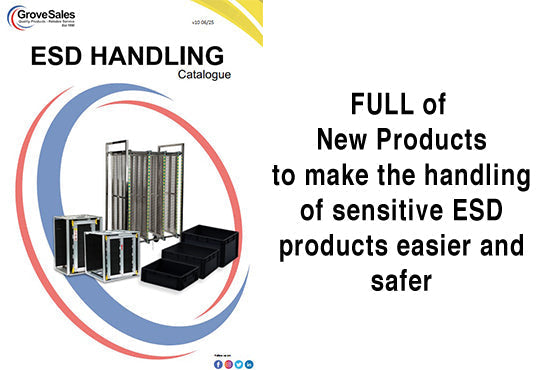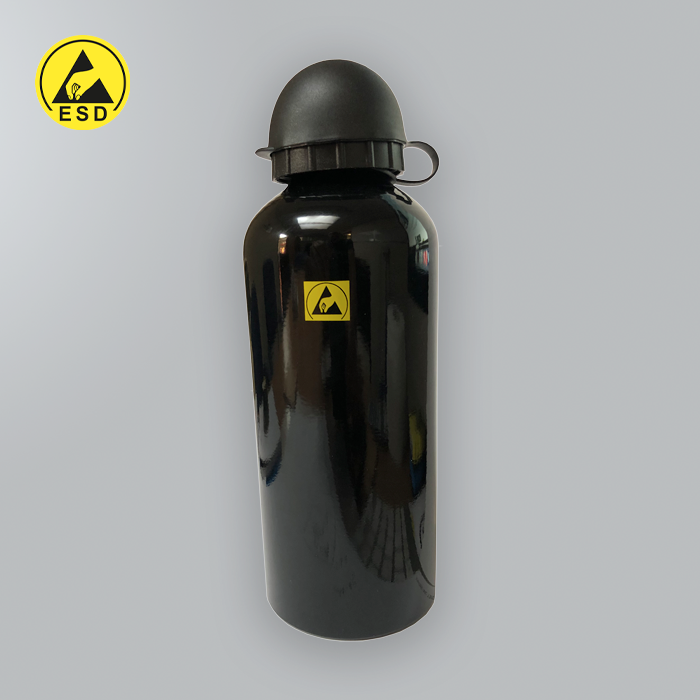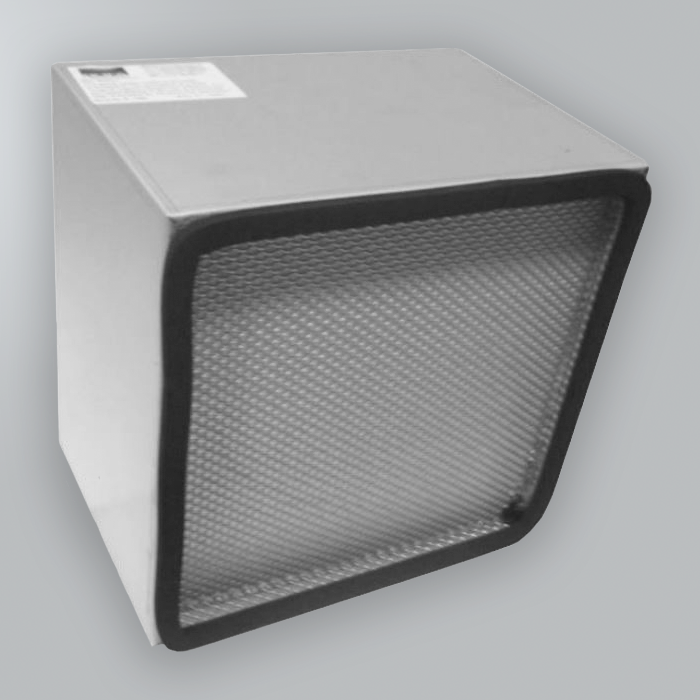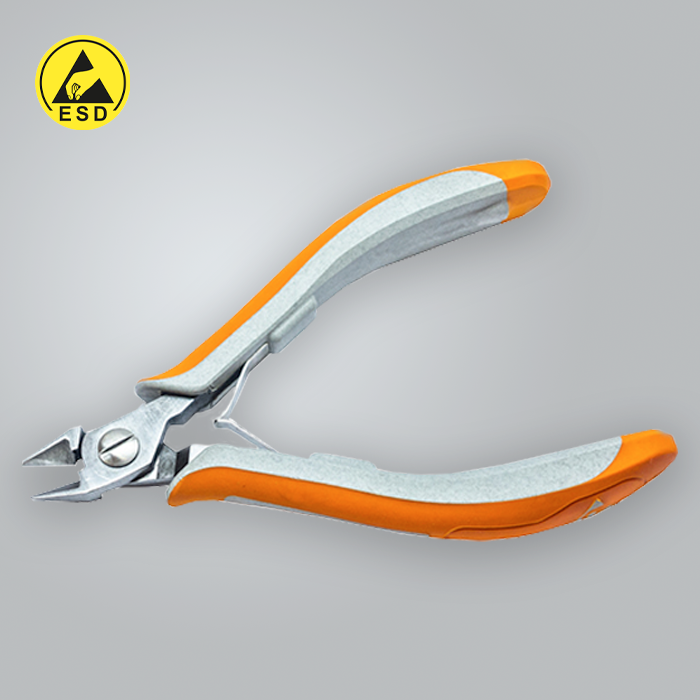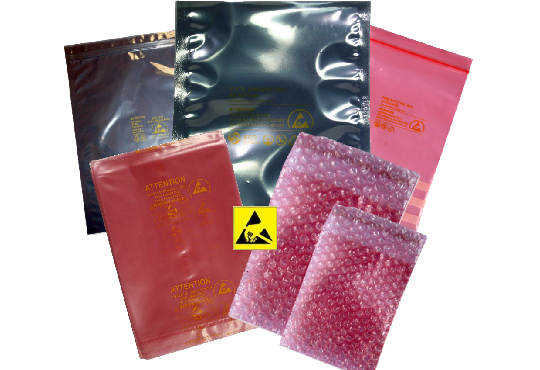
The Importance of Antistatic Bags in Manufacturing
Electrostatic discharge (ESD) packaging is an essential component in the manufacturing and transportation of sensitive electronic components. Various types of ESD packaging, including static shielding bags, moisture barrier bags, and antistatic bags, play a crucial role in safeguarding electronic devices from electrostatic damage.
Understanding Electrostatic Discharge (ESD)
Electrostatic discharge occurs when electric charges accumulate due to friction, contact, heat, or pressure. While these charges are typically harmless to humans, they can be highly detrimental to sensitive electronic components and semiconductors.
Electronic devices contain delicate components with limited thermal mass, making them vulnerable to sudden temperature fluctuations caused by electrostatic discharge. These shifts can lead to overheating, damage, and potential failure of electronic devices. Therefore, using ESD-compliant packaging, such as antistatic bags, is critical for businesses operating in the electronics industry.
The Role of Antistatic Bags in Manufacturing
For companies involved in the production and distribution of electronics, investing in ESD bags ensures product integrity and enhances customer satisfaction. A single electrostatic discharge event can cause significant damage, leading to financial losses and reputational risks. ESD bags provide a secure means of transporting sensitive electronic components from production facilities to their final destinations, minimizing the risk of static exposure.
Beyond protection, ESD packaging solutions contribute to cost savings by reducing the need for repairs and replacements. Businesses recognize the value of incorporating proper static control measures, with ESD bags being one of the most commonly used protective solutions. These bags are frequently employed in the transportation of components such as hard drives, graphic cards, motherboards, and RAM modules.
Benefits of Using Antistatic Bags
Antistatic bags offer several advantages, including:
- Cost-Effectiveness: Affordable, particularly when purchased in bulk.
- Static Protection: Prevents electronic components from accumulating or conducting static electricity.
- Data Security: Helps protect stored data from potential static-induced corruption.
- Versatility: Suitable for storing and transporting a variety of electronic devices and components.
To maximize protection, businesses may also invest in complementary ESD protection measures such as anti-static clothing, wrist straps, and mats. However, it is essential to note that only the interior of ESD bags provides effective static protection. Placing devices on top of the bags does not offer sufficient safeguarding against electrostatic discharge.
Selecting the Right ESD Bag
Choosing the appropriate ESD bag is critical for ensuring optimal protection. ESD protective packaging is classified into three levels, as defined by IEC 61340-5-1:
- Intimate Packaging: Directly contacts static-sensitive components for maximum protection.
- Proximity Packaging: Encloses the product without direct contact.
- Secondary Packaging: Provides additional physical protection during transportation.
When selecting an ESD bag, businesses should consider the following factors:
- Charge Dissipation Properties: The material should be dissipative or conductive.
- Material Durability: Some packaging materials may be humidity-dependent or have limited shelf life.
- Quality Assurance: Testing for material traceability, compliance with industry standards, and overall quality is essential.
Types of ESD Bags
-
Antistatic (Low Charge) Bags
- Used within Electrostatic Protected Areas (EPA) for non-ESD-sensitive items.
- Cost-effective and available in clear or tinted colours.
- Shelf life: Typically one year.
-
Conductive Bags
- Provides protection for many ESD-sensitive components but should not be used with powered devices.
- Medium-cost solution with a black appearance.
- Shelf life: Over five years.
-
Static Shielding Bags
- Offers the highest level of ESD protection and is ideal for sensitive electronic items.
- Constructed with a vacuum-deposited aluminium layer for electrostatic shielding.
- Shelf life: Over two years.
-
Moisture Barrier Bags
- Protects against both moisture and electrostatic damage, making them suitable for long-term storage.
- Recommended for use with desiccants and humidity monitor cards.
- Shelf life: Varies depending on material composition.
- Antistatic (Low Charge) Pink Bubble Bags.
Grove Sales can supply the highest quality of ESD Packaging (SEE HERE) at very competitive prices.
When to Use an ESD Bag
ESD-sensitive products, including microchips, motherboards, and printed circuit boards, should always be stored and transported in an ESD bag. Additionally, tools, manufacturing equipment, and other components susceptible to static discharge should be protected using appropriate ESD packaging solutions.
Conclusion
Each type of ESD bag serves a specific purpose in protecting electronic components. While antistatic bags prevent charge accumulation, static shielding bags provide comprehensive electrostatic protection, and moisture barrier bags safeguard against environmental factors. When selecting an ESD bag, quality should be a primary consideration to ensure reliability and effectiveness.
By investing in high-quality ESD packaging, businesses can protect their assets, minimize risks, and enhance operational efficiency. All ESD bags should comply with RoHS and REACH standards to ensure environmental and safety compliance. Careful selection and proper usage of ESD bags will ultimately contribute to the longevity and reliability of electronic products in the marketplace.




